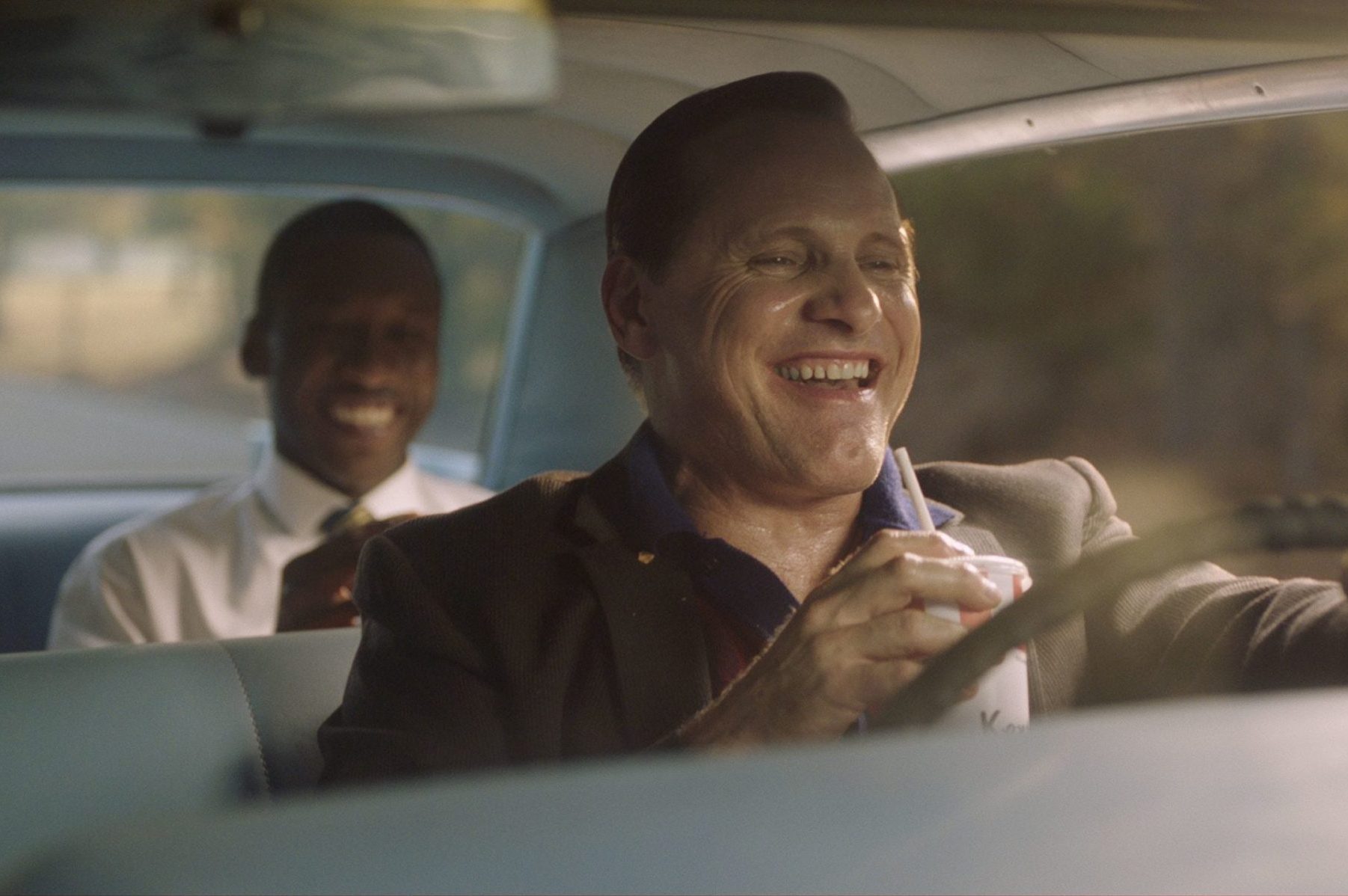In the wake of George Floyd’s death and the protests that followed, many people are seeking out resources to learn more about injustices toward the Black community and how to be anti-racist. There are many movies that appear to combat racism by featuring Black people in prominent roles; however, many of these films employ what is known as the “white savior” trope.
What is the “White Savior” Trope?
The “white savior” trope is a common motif in cinema. According to Matthew Hughey, sociologist and author of “The White Savior Film: Content, Critics, and Consumption,” a film can be classified as a “white savior film” if it meets a number of criteria.
“A White Savior film is often based on some supposedly true story,” Hughey explained. “Second, it features a non-white group or person who experiences conflict and struggle with others that is particularly dangerous or threatening to their life and livelihood. Third, a white person (the savior) enters the milieu and through their sacrifices, as a teacher, mentor, lawyer, military hero, aspiring writer or wannabe Native American warrior, is able to physically save —or at least morally redeem — the person or community of folks of color, by the film’s end.”
The “white savior” trope is problematic for a number of reasons. First, many of these movies are created almost entirely by white people. As a result, many of these stories whitewash a true story in an attempt to make a white person “look good.” This is often harmful, as Glamour writer Jenny Singer explained.
“These stories are told to make white people feel better about ourselves, which is silly, but it’s also harmful — when white people don’t see historical and systemic racism reflected back in our own entertainment, or we see it but we always see a white person there to save the day, we think there’s not much for us to do.”
While it may be hard to recognize at first, many seemingly progressive movies fit the criteria for a “white savior” film.
Movies that Demonstrate The White Savior Trope
1. “The Help”
I’ll admit it. I love “The Help.” Octavia Spencer and Viola Davis are spectacular, and the scene with Minny’s chocolate pie never fails to make me laugh. However, my feelings toward the film should not detract from the fact that it follows a “white savior” narrative. Based on the historical fiction book of the same name, “The Help” is set in Jackson, Mississippi, in 1963, in the midst of the civil rights movement. Emma Stone plays aspiring journalist Eugenia “Skeeter” Phelan, who befriends two Black maids: Aibileen Clark and Minny Jackson. Skeeter, realizing how terrible Black domestic workers are treated, decides to write a book to expose the terrible conditions and racism that they were subject to. While Skeeter’s intentions are good, the character demonstrates the “white savior” complex. In the end, it is Skeeter, a white woman, who brings “justice” to the Black domestic workers.
2. “The Blind Side”
“The Blind Side” is another critically acclaimed movie that features the “white savior” trope. Based on Michael Lewis’ book “The Blind Side: Evolution of a Game,” the film centers around former Baltimore Ravens player Michael Oher. Oher (played by Quinton Aaron) cycles through different foster homes until he is noticed by Leigh Anne Tuohy (played by Sandra Bullock). Tuohy essentially takes him in, supporting him, feeding him and even hiring him a tutor so that he can meet the minimum grade point average required to get recruited for college football. Oher is eventually adopted by the Tuohy family, and is recruited by the University of Mississippi (“Ole Miss”) to play football. “The Blind Side” fits almost all of Hughey’s criteria for a “white savior” movie. It’s based on a true story and recounts a white person (Tuohy) “saving” a struggling nonwhite individual (Oher).
3. “Green Book”
Like “The Blind Side,” “Green Book” is based on a true story. Taking place in 1962, the film depicts the story of African American pianist Don Shirley. In preparation for a concert tour across the Midwest and Deep South, Shirley hires Italian American Tony Lip to serve as a driver. Throughout the film, the two become friends. In many instances, Lip defends Shirley: bribing officers, punching an officer and even threatening an owner of a whites-only dining room. Some may argue that Lip’s actions are what good friends do, however through watching the movie itself it is clear that Lip’s actions are those of a “white savior.” In fact, Shirley’s family expressed their dissatisfaction with the film’s portrayal of Shirley. “The thing that bothers our family is that the focus of the film is about a white man who is an extreme racist and who was still a racist at the end,” said Karole Shirley Kimble, Don Shirley’s niece.
4. “To Kill a Mockingbird”
Though the book is often banned due to its mentions of rape and use of racial slurs, Harper Lee’s “To Kill a Mockingbird” is viewed as an essential part of the Western canon. The movie, just like the book, is based in the 1930s in the fictional town of Maycomb, Alabama. The film centers around the life of Jean Louise “Scout” Finch, who lives with her brother, Jem, and father, Atticus. Atticus is portrayed as a “good white man,” using his law degree to defend poor white farmers and consistently teaching his children about racism. Atticus is also one of the few white lawyers willing to defend Tom Robinson, a Black man wrongfully charged with rape. While Atticus loses the case, he is applauded by the Black spectators for his work. Atticus is a clear example of a “white savior,” offering services to those he sees as struggling in an attempt to redeem them.
5. “Hidden Figures”
At first glimpse, nothing seems wrong with “Hidden Figures.” Based on a true story and book of the same name, “Hidden Figures” is an inspiring story of three African American women working at NASA during the Space Race. However, some of the events portrayed in the film are completely fictional. In the film, one of the women (Katherine Johnson) is granted permission to access the control room by the head of her Space Task Group, Al Harrison. Later in the film, Harrison rips down the “Colored Bathroom” sign after learning that Johnson walks half a mile to use a bathroom for nonwhite people. Not only did these events not happen, Al Harrison never existed. It seems that Harrison’s character was created to serve as a “white savior.” Interestingly enough, director Theodore Melfi insisted that he didn’t see it as problematic. “There needs to be white people who do the right thing, there needs to be Black people who do the right thing,” remarked Melfi. “And someone does the right thing. And so who cares who does the right thing, as long as the right thing is achieved?”
So What Should I Watch Instead?
If you want to avoid films with the “white savior” trope, try any of the following movies. All are directed and/or written by people of color, and portray people of color in a more authentic way. It’s also important that you do more than just watch; reflect on what these movies are depicting and figure out how you can use your privilege and voice for good.
1. “Do the Right Thing”
A Spike Lee classic, “Do The Right Thing” examines race relations in a majority African American neighborhood. Lee himself stars as the main character, Mookie, who works at a pizzeria owned by an Italian American named Sal. Tensions arise between Sal and the members of the predominantly Black neighborhood, and only gets worse when the police intervene and kill one of the Black residents. Listed as one of the greatest films of all time, “Do the Right Thing” touches on a number of crucial topics including gentrification, systemic racism, police brutality and racial tensions.
2. “When They See Us”
Directed by renowned Black director Ava DuVernay, “When They See Us” tells the heartbreaking story of the Central Park Five, a group of five boys who were wrongly convicted of rape. This four-part Netflix series chronicles the events leading up to and following the accusation, while illustrating the injustices and biases in the criminal justice system.
3. “Just Mercy”
Based on Bryan Stevenson’s memoir of the same name, “Just Mercy” recounts Stevenson’s defense of Walter McMillian. At the time, McMillian was on death row, wrongfully convicted for murdering a white woman. The film documents Stevenson’s work (and eventual success) in releasing McMillian from death row. Like “When They See Us,” the film explores injustices in the criminal justice system.
4. “13th”
Another film by Ava DuVernay, “13th” is a documentary that looks at the intersection of race, justice and mass incarceration in the U.S. The title of the movie is a reference to the 13th Amendment, the amendment that abolished slavery in the U.S. Through interviews with activists and scholars, DuVernay shows how the exception clause –– that is, the part of the 13th amendment stating that slavery and involuntary servitude are illegal “except as a punishment for crime whereof the party shall have been duly convicted” –– led to the mass incarceration and other systems of oppression that disproportionately affect people of color.
5. “The Hate U Give”
“The Hate U Give” is based on a young adult novel by Angie Thomas. The film features Amandla Sternberg as Starr Carter, a high school student attending a predominantly white private school. After witnessing firsthand a police officer murder her childhood best friend, Starr starts speaking out against police brutality. “The Hate U Give” displays the realities of police brutality, and shows how teenagers can have a role in the fight for racial justice.

















